
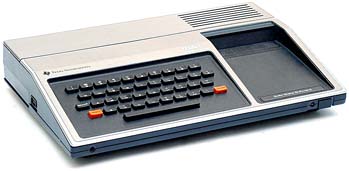

|
|



|
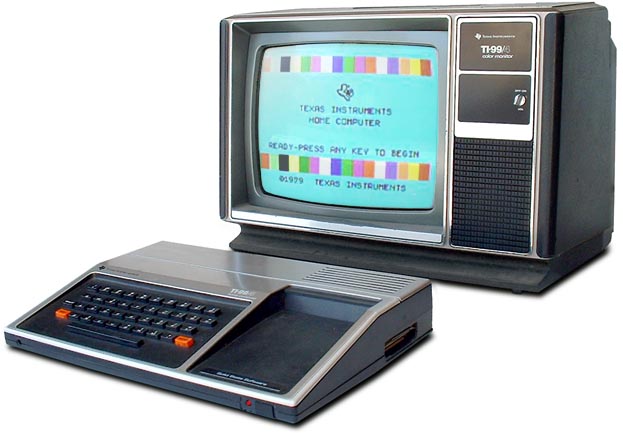
| Name/description | Part number | Original price | Speech Synthesizer | PHP1500 | $149.95 | RS-232 Controller | PHP1700 | $224.95 | Disk Controller | PHP1800 | $299.95 | Disk Drive (needs PHP1800) | PHP1850 | $499.95 | Thermal Printer | PHP1900 | $399.95 | Memory Expansion (32K) | PHP2200 | $399.95 | Video Controller | PHP2300 | $699.95 | P-Code Peripheral (needs 32K RAM) | PHP2400 | $399.95 |
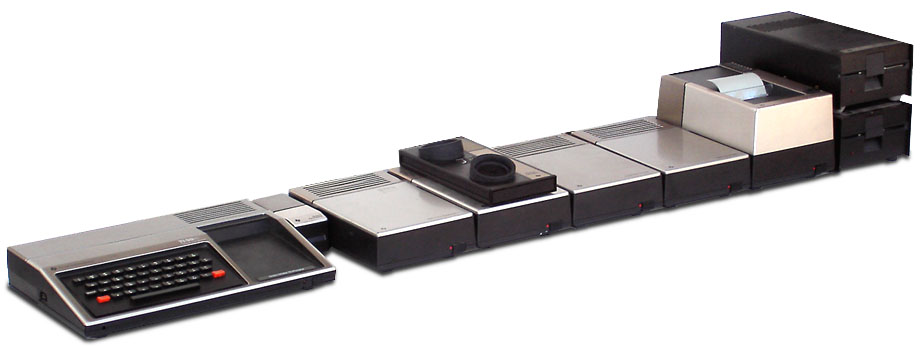
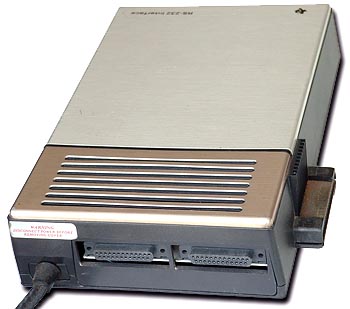
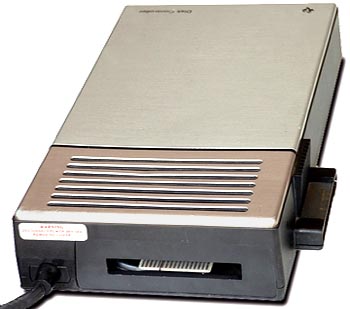
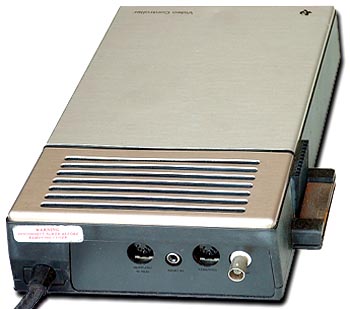
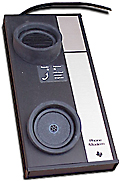 The RS-232 sidecar is for serial communications with other peripherals, such as the TI-modem
(left), which is used for telecommunications (dial-up) with other computers.
The RS-232 sidecar is for serial communications with other peripherals, such as the TI-modem
(left), which is used for telecommunications (dial-up) with other computers.
|
The Home Computer can send and receive messages, data, and entire programs through a standard telephone. It communicates with similarly equipped computers at remote locations, and accesses data bases and software services. So you can access stock prices, airline schedules, weather, restaurant menus, and shoppers guides. Uses the RS232 Interface and Terminal Emulator II. |
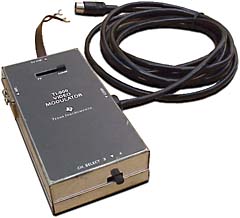 The RF modulator (right) allows you to use your television instead of a computer monitor
for the display.
The RF modulator (right) allows you to use your television instead of a computer monitor
for the display.
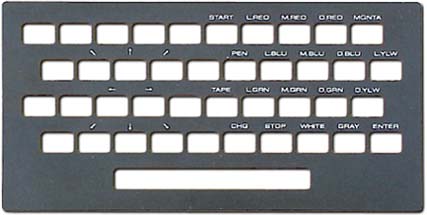
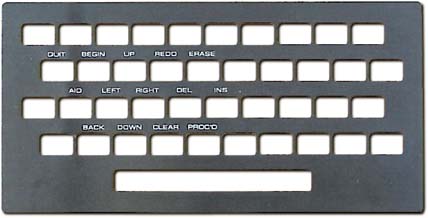
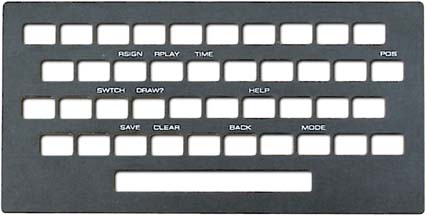
|
|